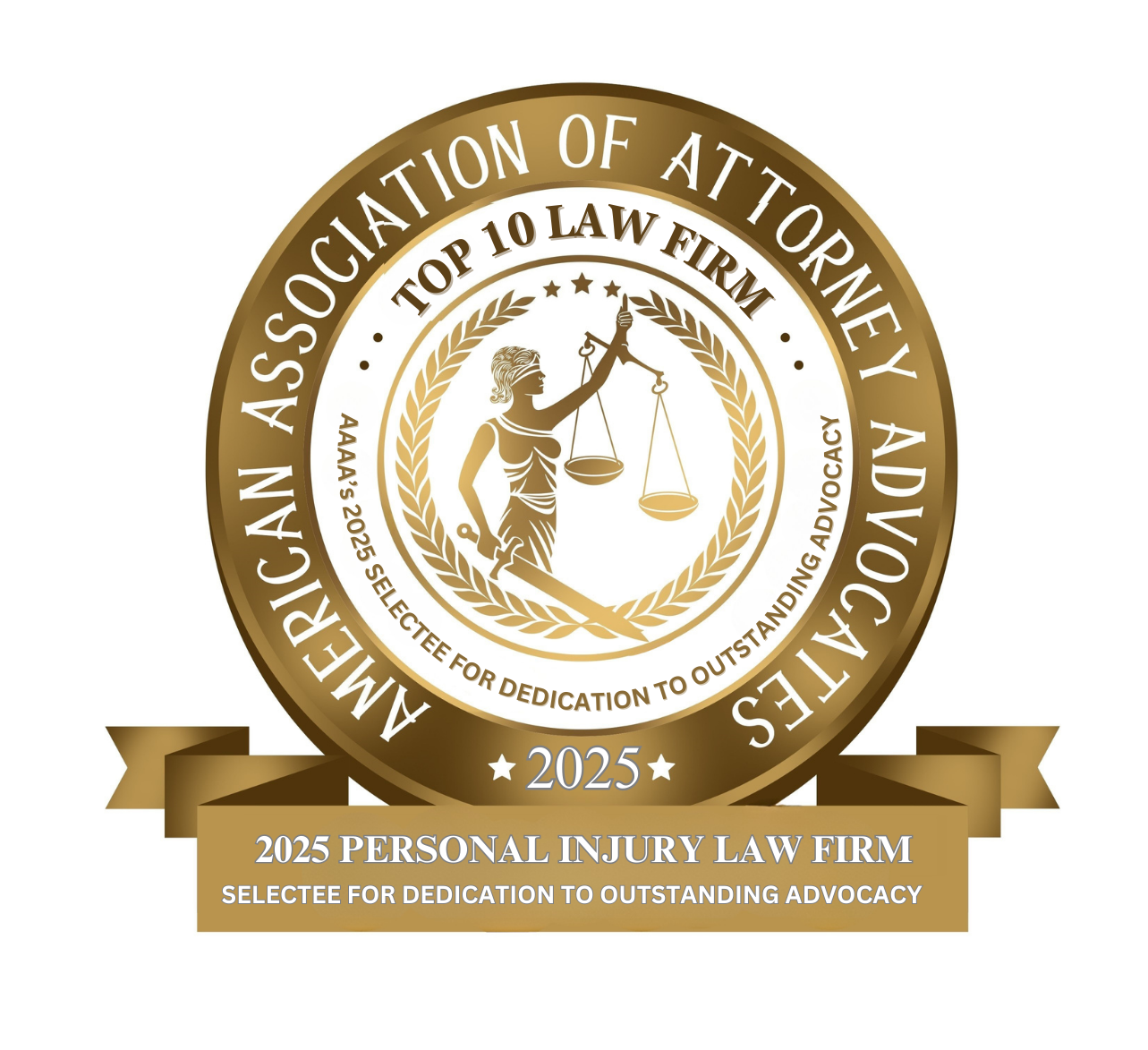- Free Consultation: (630) 527-4177 Tap Here to Call Us
The Shocking Statistics on Distracted Driving

Driver Distractions Cause 10% of All Fatal Crashes in the U.S.
Distracted driving is a critical safety issue that has become increasingly prevalent with the rise of smartphones, GPS systems, and other in-car technologies. According to the National Highway Traffic Safety Administration (NHTSA), distracted driving contributes to nearly 10% of all fatal crashes in the United States, leading to thousands of preventable deaths every year. To understand why distracted driving is so dangerous, it’s important to look at how it affects a driver’s ability to perceive hazards, react in time, and stop their vehicle to avoid a crash.
Perception, Reaction, and Stopping Times: Why Focus Matters When Driving
When a driver is paying attention to the road, their ability to perceive hazards, react, and stop is optimized. However, distractions interrupt this process, increasing the risk of accidents. There are three critical components to avoiding a collision:
- Perception Time: The time it takes for a driver to notice a hazard (e.g., a slowing vehicle or pedestrian in the crosswalk).
- Reaction Time: Once the driver perceives the hazard, they must react by applying the brakes or steering to avoid the danger.
- Stopping Distance: After the driver applies the brakes, the vehicle needs time and distance to come to a complete stop.

How Distracted Driving Affects Stopping Distances
Let’s consider a scenario where a vehicle is traveling at 35 miles-per-hour (mph), and the driver is distracted by their phone. Here’s how perception, reaction, and stopping distances break down:
1. Speed and Distance
At 35 mph, a vehicle travels about 51 feet per second. This means that for every second a driver is distracted, their car covers more than half the length of a basketball court—without the driver being aware of the surroundings.
2. Perception Time
For an alert driver, the perception time is typically 1.5 seconds. In that time, a vehicle traveling at 35 mph covers about 77 feet. If a driver is distracted, their perception time could increase, delaying the recognition of hazards.
If the driver is looking at their phone for just 2 seconds, the vehicle will travel more than 102 feet before the driver even looks up and perceives the danger.
3. Reaction Time
Once the hazard is perceived, the driver needs to react by applying the brakes. Reaction time also averages 1.5 seconds, during which the vehicle continues to move forward. At 35 mph, that adds another 77 feet before any braking occurs.
4. Braking Distance
After the driver applies the brakes, the car will need about 61 feet to come to a complete stop on dry roads. On wet or icy roads, this stopping distance can be significantly longer.
Total Stopping Distance
In total, for a fully attentive driver traveling at 35 mph, the distance covered before coming to a complete stop is approximately:
- Perception Distance: 77 feet
- Reaction Distance: 77 feet
- Braking Distance: 61 feet
This results in a total stopping distance of 215 feet—nearly two-thirds of a football field.
The Dangers of Distraction While Driving
If a driver is distracted for just 2 seconds, they will travel an additional 102 feet before they even begin to perceive the hazard. By the time the driver reacts and applies the brakes, they may already be too close to avoid a collision.
The Real-Life Consequences of Distracted Driving
According to the Centers for Disease Control and Prevention (CDC), distracted driving leads to approximately nine fatalities and over 1,000 injuries every day in the United States. Imagine a driver approaching an intersection at 35 mph and taking their eyes off the road for just a couple of seconds to check a text message. If a pedestrian steps into the crosswalk, the driver may not have enough time to stop before causing a serious accident.
How to Prevent Distracted Driving
Reducing distractions while driving is essential to preventing accidents. Here are some simple strategies:
- Put Away Your Phone: Use apps that block incoming calls and texts while driving, or place your phone in a location where it cannot be accessed.
- Prepare Before You Drive: Set up your GPS, adjust your mirrors, and choose your music or podcast before starting your journey.
- Stay Focused: Avoid eating, adjusting the radio, or engaging in distracting conversations while driving.
Distracted driving poses a significant danger on the road because it interferes with the critical processes of perception, reaction, and stopping. A driver traveling at 35 mph who is distracted for just a few seconds can travel more than 100 feet without noticing hazards. By the time they perceive and react to a hazard, it may already be too late to avoid a crash. Staying focused on the road can prevent accidents and save lives.
Contact the Illinois Car Accident Lawyers at John J. Malm & Associates
At John J. Malm & Associates, we are dedicated to raising awareness about the dangers of distracted driving and helping victims recover compensation. If you or a loved one has been injured in a distracted driving accident, contact our top-rated Naperville car accident attorneys for a free consultation.















